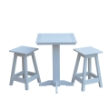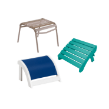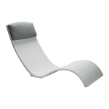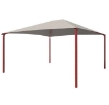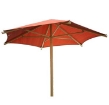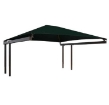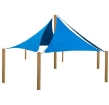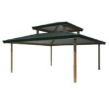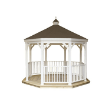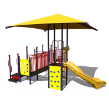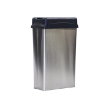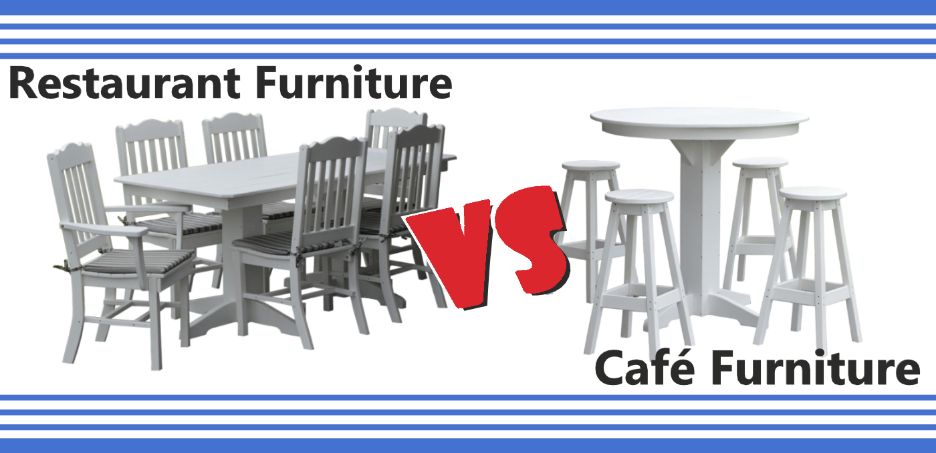Ready to elevate your dining space? Understanding the key distinctions between restaurant furniture and café furniture can significantly impact your establishment’s ambiance and guest experience. Dive into our comprehensive guide to discover how to choose the perfect seating solutions tailored to your unique vision and needs!
Comments (0)RSS
Blog posts of '2023' 'June'
Prioritizing American Manufacturing 14 Jun 2023
Support local craftsmanship by choosing American-made products! At Furniture Leisure, we pride ourselves on delivering high-quality outdoor furniture and site amenities that are crafted right here in the USA. Explore our extensive range of durable, stylish options designed to meet the needs of various organizations while prioritizing sustainability and community support!
Comments (0)Blog search
Blog archive
- 2025
- 2024
- 2023
- 2022
- 2021
- 2020
- 2019
- 2018
- 2017


















